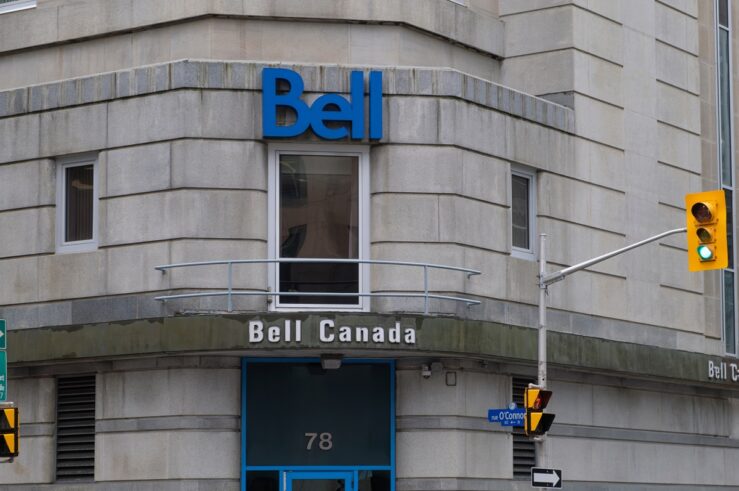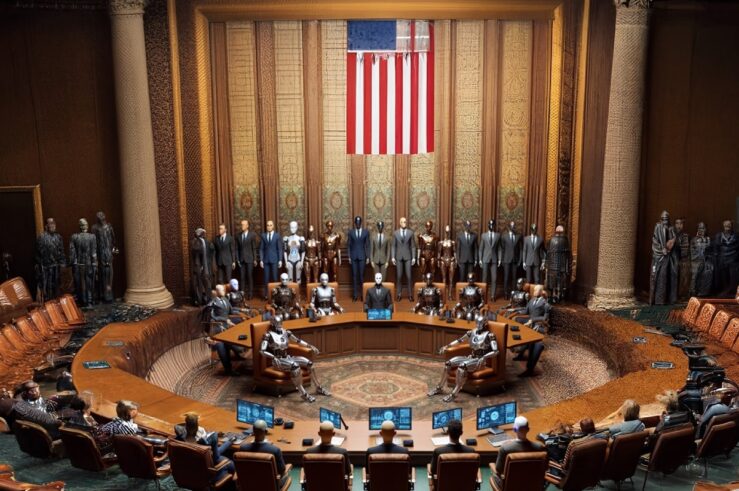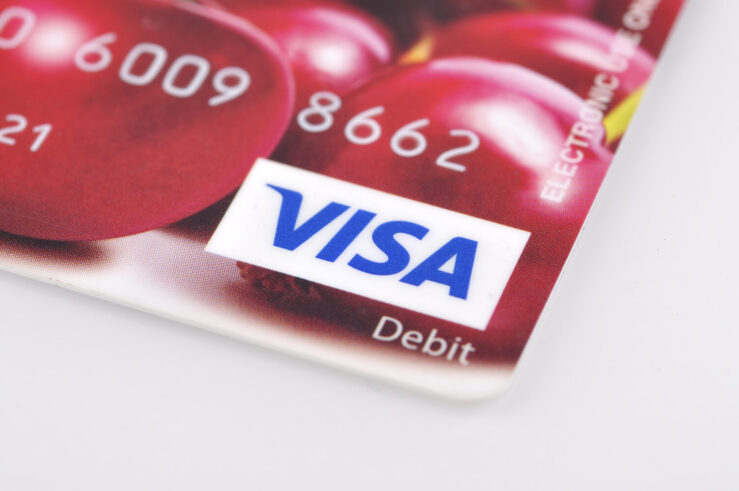This article is a part of the Free to Choose Symposium symposium.
Richard A. Epstein is the Laurence A. Tisch Professor of Law, New York University School of Law, The Peter and Kirsten Bedford Senior Fellow, The Hoover Institution, and the James Parker Hall Distinguished Service Professor of Law, The University of Chicago.
Few academic publications have had as much direct public influence on the law as the 2008 article by my NYU colleague Oren Bar-Gill and then Harvard Law Professor Elizabeth Warren. In “Making Credit Safer,” they seek to combine two strands of academic thought in support of one great cause—more regulation of financial markets. They start with the central claim of behavioral economics that sophisticated entrepreneurs are able to take advantage of the systematic foibles of ordinary people, by rigging their products in ways that work systematically to their own advantage. By plying ordinary individuals will carefully packaged payment contracts, firms can undercut the central postulate of rational choice economics that all voluntary transactions produce mutual gains for the parties. In its stead we get the wreckage of families and fortunes brought about by unscrupulous bankers in search of a buck. Warren and Bar-Gill repeatedly talk about the importance of empirical evidence. Her own work, however, is exceptionally shoddy, as Todd Zywicki has recently pointed out in the Wall Street Journal.
The second strand of their argument refers to the law of product liability in which they claim that government actors at all levels have intervened into markets to cure the information deficits in products that in an earlier age used to maim, if not kill, ordinary consumers. The exploding toaster is their key example of a product that needs government oversight. In their view, the key insight is that “sellers have no incentive to invest in making a safer product given consumers’ imperfect information.” That position, moreover, is barely tolerable if consumers know about their own ignorance because they are then in a position to take precautions to offset the lamentable neglect of product providers. Yet in those cases where consumers fail to perceive the risks, they get the worst of both worlds. Sellers can afford to be indifferent to product risk, which leads to many bad consequences for consumers in the absence of firm government regulation.
In their model, financial products have similar characteristics. It is just a short step therefore to argue that the insights of behavioral economics should transform the way in which payment cards should be regulated, to bring the situation into a closer alignment with the system of product liability regulation. However imperfect, Bar-Gill and Warren insist that the current regulation of consumer products outperforms the current of financial products.
At this point, the proper approach is to accept no small ambitions. Instead their prescient conclusion runs as follows:
[T]he current legal structure, a loose amalgam of common law, statutory prohibitions, and regulatory agency oversight, is structurally incapable of providing effective protection. We propose the creation of a single regulatory body that will be responsible for evaluating the safety of consumer credit products and policing any features that are designed to trick, trap, or otherwise fool the consumers who use them.
Their fondest dreams have been realized. By recess appointment, Elizabeth Warren is perched inside the United States Treasury as an Assistant to the President and Special Advisor to the Secretary of the Treasury on the Consumer Financial Protection Bureau. (CFPB) In that capacity, my hope is that she will come to realize the uselessness of the product liability analogies to which she attaches so much weight. You have to know something first about the body of law to which you which to compare payment markets. In this instance, neither Bar-Gill nor Warren have the slightest clue about the evolution of product liability law.
As an empirical matter, as Kip Viscui has shown, the best estimates on this subject indicate that small dose of product liability law will have a positive effect on safety, but larger doses will generally cut in the opposite direction. Here is a brief explanation for these two effects.
The earlier evolution of product liability law was directed to the kind of information asymmetries to which Bar-Gill and Warren refer. The toaster with bad wiring that explodes in ordinary use is the obvious example. The importance of this body of law is, which was well established by the 1950s at the latest, however, relatively limited. Whatever ignorance that a consumer has about product defects before the explosion is removed once that explosion takes place. Both good and bad news about products move relatively swiftly among people who have so much to lose from bad products and much to gain from good ones. Market forces are going to work very well once these elementary feedback mechanism are taken into account. The liability law did no harm. It is not likely that it did much good. The issue was so small that product liability insurance during this period was not sold as a separate line of insurance. The overall exposures were just too small.
To get some measure of the improvement in product , I did some preliminary empirical work just this afternoon. A close look at our kitchen toaster, a Breville (I had never heard of the brand) revealed an appliance equipped with buttons that had these functionalities: to toast (and to cancel), to add a bit more, to deal with bagels, to defrost, and to lift (and to look). Exactly which of these features are attributable to our product liability law? The obvious answer is none. It is a combination of technological advance and consumer demand that powers my Breville.
What is more the level of progress in consumer safety seems entirely independent of the liability system. Toasters were getting better, and safer, from the first day they were invented. The same is true of cars and planes, and any other consumer product to which you would look. The greatest improvements in automobile safety had nothing whatsoever to do with the misguided eruption of product liability law starting in the late 1960’s. There has been more than a ten-fold decrease in the level of fatalities for vehicle mile since 1925 and much of that preceded the passage of the National Traffic and Motor Vehicle Act of 1966(NTMVA). Indeed the most rapid decline took place in the years just after the Second World War, when military technology was carried over to passenger vehicles. The NTMVA statute, moreover, probably counts for little of the post 1966 improvement. The same market forces that were in place before remained in place afterwards. Even before the passage of the act, huge numbers of deaths were associated with driver error or drunkenness, both of which remain. More intensive car use with safer vehicles led to nonsafety benefits that need to be factored into the overall picture.
But even if there were modest (and I mean very modest) gains from direct regulation of automobiles, the expanded tort system of product liability which started within a year or two of the passage of the act has probably had a substantial negative effect on product safety. Of these doctrinal changes the Bar-Gill/Warren article is wholly innocent. The older definition of product defect aligns nicely with ordinary understandings. The paradigmatic case from 1962 was the driver who turned the key in the ignition only to see the car explode as the spark set off gasoline trapped in the carburetors.
They are no more carburetors in use today, but there are lots lampposts and barricades by the side of the road, and modern product liability law will allow a driver to reach a jury when in a drunken speeding fit he wraps his car around either. Evidence of his drunkenness is typically inadmissible. The net effect of this liability system is to reduce the incentive for downstream precautions, and to increase the likelihood of pedestrian injuries from driving at speeds that the older cars could not go.
There are also price effects to be considered. The additional cost for product liability is built into the price of any new car, which in turn reduces their demand by ordinary consumers, which leaves older and more dangerous vehicles on the road. The entire system is something of a large theoretical and practical mess. To look at it for inspiration for a vast new government operation for credit cards represents an intellectual blunder of the first order.
So what should be done if markets are imperfect, which of course they are. A little dose of regulation may work if it specifies precise standards needed for new cars. This system can easily go astray, as it has in the past, but at least it avoids the two major defaults of the tort system. First it leads to knowable and uniform standards articulated in advance. If the price is high and the benefits low, some manufacturer feed back to the regulator might lead them to back off. Not so with private rights of action where juries can easily be misled by hindsight bias into thinking that the only high probability automobile risk is the one that just happened to occur. Ironically, the current liability system spawns the very behavioral biases that we should try to correct.
And so what will can we expect from Ms. Warren’s new domain at the CFPB. In all likelihood a mini-disaster because we have already passed the point of diminishing returns for additional ex ante regulation in financial markets. Right now standard forms of fraud are illegal. A variety of imperfect devices require disclosure on key terms. Those are equivalent to designing toasters with safe wires. They largely duplicate what sensible market actors want.
The next iteration of regulations will not be so benign. At this point the inevitable cognitive bias of regulators will lead to regulatory interventions that will cause more harm than good. We are already getting a whiff of what to come with the implantation of the Credit Card Accountability Responsibility and Disclosure Act of 2009 (or the Credit Card Act). Bar-Gill and Warren complain that the current warnings are hard to follow. And so they are because it is a difficult business. But any additional warnings pursuant to the statutory mandate will go for naught. Instead we are already starting to see higher fees and more cancellations.
There is an easier way for consumers to operate, which is to switch to debit cards, which carry with them lower costs and guard against any credit risk of over consumption. In fact consumers have exercised this self-help remedy by paring over $100 billion off their credit card accounts. We should expect the melt to continue. But even that switch may become chaotic because another ill-thought out feature of Dodd-Frank Act is the Durbin Amendment, which throws a huge monkey wrench into the operation of debit card markets. I will not speak about this issue further here, as I am working with TCF Bank on a constitutional challenge to the Amendment, whose grotesque provisions offer a grim harbinger of what will come once Ms. Warren unleashes her boundless energy in her new office.
My fear is that she knows as little about payment systems as she does about product liability, which should be cold comfort for everyone trying to weather the current economic downturn that Dodd Frank will only prolong. The right question to ask about behavioral economics long antedates the rise of that field. Who guards the guardians? Any agency with the word “protection” or “security” in its title should be abolished unless it is intended to deal with old line risks of force and fraud, as a libertarian would define them. The CFPB is no exception to that basic rule.




